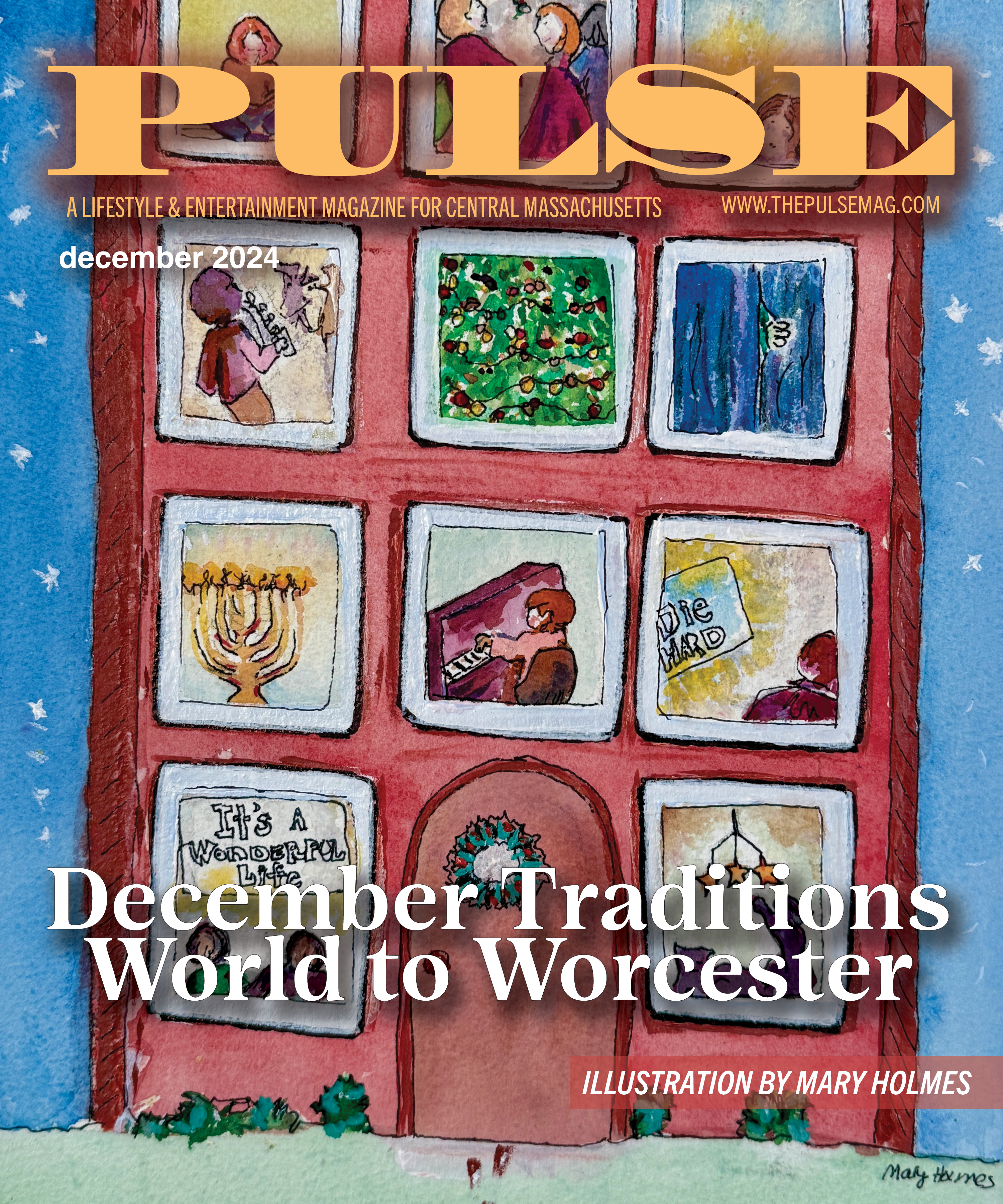
In my circle of friends, we describe great songs as “earworms.” That great hook worms its way through your cochlea, straight into your brain and tickles you. You begin to tap your foot, move your hips and – if no one is around – sing to yourself. You can’t seem to help it. When we watch any of the various music awards, we hear all the great hits of the year, and we hope our favorites are rewarded. In the same way we don’t know which song will be revealed when the presenter opens the envelope, we never know which new song we hear on the radio will be a Top 40 hit.
Not knowing which song will make it has little effect on our livelihood. The music industry, on the other hand, depends on hiring the best artists. So the music industry pays artist and repertoire (A&R) consultants to predict which new songs will be hits. For A&Rs, predicting new hits is akin to being a successful stockbroker. You use all your experience and hope the masses reward you. However, machine-learning and the Internet may be able to improve the success rate of A&Rs.
Machine-learning is a process where a scientist asks a computer to “learn” how to perform a task when the scientist doesn’t know how to program the computer to do the task. Imagine you wanted to teach a machine how to build a picnic table, but you never built one yourself. Where would you begin? In machine-learning, you would look to as many carpenters as you could find and ask them to tell you the kinds, sizes and shapes of the wood they started with, and then give you the size, shape and colors of the tables that they built with that wood. The information about the wood is the input, and the descriptions of the tables are the output. You would then ask the computer to take each of these inputs (sometimes, thousands of cases) and “guess” the process to produce the output from the input. The hard part is giving the computer a first “guess.” So what do picnic tables and music have in common? We don’t know the exact details that songs (the input) into hits (the output), but we know the details of a good first guess. The details can be described by ideas like “dancability,” beats-per-minute, etc.
A&R people around the world are turning to companies who write down these first guesses and allow musicians, songwriters and music industry employees to upload songs and ask the computer if the song is a hit. Artists such as Norah Jones and Maroon 5 have been predicted to be pop-chart successes by these types of algorithms. So as the music industry struggles to make a profit, expect more of your favorite artists to have been discovered by a computer that “learned” to be an A&R consultant.
By R.J. Linton





